Introduction to Gluten-Free Flatbread
Gluten-free flatbread is a delightful alternative to traditional bread for individuals who have gluten intolerance or choose to follow a gluten-free diet. This versatile and healthy option is not only delicious but also easy to make right in your own kitchen. Made with gluten-free flours like rice flour, almond flour, or buckwheat flour, this flatbread offers a lighter and more delicate texture compared to its gluten-containing counterpart.
Whether you have celiac disease, gluten sensitivity, or simply desire to embark on a gluten-free lifestyle, this flavorful recipe is sure to please your taste buds. By combining the right ingredients, such as millet flour, tapioca starch, and xanthan gum, you can create a soft and chewy flatbread that is perfect for sandwiches, pizzas, or served alongside your favorite dips.
Discover the joy of having gluten-free flatbread that is not only healthy but also bursting with flavor. This recipe allows you to enjoy the wonderful aroma and taste of fresh-baked bread without the worry of gluten-related issues. So why not give it a try and indulge in a delightful gluten-free flatbread that will leave you feeling satisfied and nourished.
Benefits of Gluten-Free Eating
Eating a gluten-free diet offers numerous benefits for those with gluten sensitivities or celiac disease. Firstly, it alleviates symptoms such as bloating, abdominal pain, and fatigue that often accompany gluten consumption. It also promotes better digestion and nutrient absorption, leading to increased energy levels and overall improved health. Following a gluten-free eating plan can also aid in weight management since many gluten-containing foods are high in calories and low in nutritional value. Moreover, gluten-free alternatives like the delicious flatbread recipe provided here offer a flavorful and healthy alternative, ensuring that individuals can still enjoy tasty meals while adhering to their dietary restrictions.
Ingredients for Gluten-Free Flatbread
When it comes to creating a delicious gluten-free flatbread, having the right ingredients is key. Here are the essential components for making a flavorful and healthy alternative to traditional flatbread:
- Gluen-free flour: Replace wheat flour with a gluten-free alternative, such as almond flour or buckwheat flour, to provide the base for your flatbread.
- Tapioca starch: This ingredient helps bind the dough together and gives your flatbread a light and fluffy texture.
- Xanthan gum: Adding a small amount of xanthan gum helps improve the structure and elasticity of the flatbread dough.
- Baking powder: Use baking powder to make the flatbread rise and become light and airy.
- Herbs and spices: Add your favorite herbs and spices, like rosemary, thyme, garlic powder, or chili flakes, to enhance the flavor of your flatbread.
- Olive oil: A mild-tasting olive oil will contribute to both the flavor and texture of your gluten-free flatbread. It helps achieve a crispy and golden crust.
- Water: Use water to bring all the ingredients together and create the dough.
By combining these ingredients in the right proportions, you can easily whip up a delicious and wholesome gluten-free flatbread that can be enjoyed by everyone, regardless of dietary restrictions.
Deliciously Gluten-Free Flatbread Recipe: A Flavorful and Healthy Alternative
When it comes to food intolerances and dietary restrictions, gluten is one of the most common culprits. For those who follow a gluten-free diet, finding delicious alternatives to traditional dishes can be a challenge. However, with this gluten-free flatbread recipe, you can enjoy a flavorful and healthy alternative to regular bread.
Ingredients:
- 1 ½ cups gluten-free all-purpose flour
- 1 teaspoon baking powder
- ½ teaspoon salt (Read our – Top 10 All-Natural Alternatives to Salt for Flavorful and Healthy Cooking)
- 1 teaspoon dried herbs (such as rosemary or oregano)
- 1 tablespoon olive oil (Read our – 8 Olive Oil Substitutes: Exploring Alternatives for Cooking and Baking)
- ½ cup warm water
Instructions:
- In a mixing bowl, combine the gluten-free all-purpose flour, baking powder, salt, and dried herbs. Stir well to incorporate the ingredients.
- Add the olive oil to the dry mixture and mix until crumbly.
- Gradually add the warm water to the mixture, while continuously stirring. Keep mixing until a smooth and elastic dough forms.
- Transfer the dough onto a lightly floured surface and knead it for a few minutes until it becomes pliable.
- Divide the dough into smaller portions, depending on how large you want your flatbread to be. Roll out each portion into a thin round or oval shape.
- Heat a non-stick skillet or a griddle over medium heat. Place the rolled out flatbread onto the hot skillet and cook for about 2 minutes on each side, or until golden brown spots start to appear.
- Remove the cooked flatbread from the skillet and repeat the process with the remaining dough portions.
- Once all the flatbread is cooked, you can serve it warm or let it cool down before storing it in an airtight container for later use.
This gluten-free flatbread is not only simple to make, but it is also incredibly versatile. Whether you use it as a sandwich wrap, a pizza base, or as a side to your favorite soup or salad, the options are limitless. The addition of dried herbs gives the flatbread a delicious aroma and flavor, making it the perfect accompaniment to a wide range of dishes.
Furthermore, by using gluten-free all-purpose flour, this recipe caters to those with gluten intolerances or celiac disease. It offers a safe and healthy alternative to regular bread, without compromising on taste or texture.
So, the next time you’re in the mood for a delicious and healthy alternative to traditional bread, give this gluten-free flatbread recipe a try. You won’t be disappointed!
Tips and Tricks for Making Perfect Gluten-Free Flatbread
If you are following a gluten-free diet or have gluten intolerance, you don’t have to miss out on delicious flatbread. Making gluten-free flatbread can be a bit tricky, but with these tips and tricks, you can achieve a perfect result every time:
- Choose the right flour: Opt for a gluten-free flour blend that is suitable for making bread or flatbread. Look for a blend that contains ingredients like rice flour, tapioca flour, and xanthan gum.
- Measure accurately: Use measuring cups and spoons for precise measurements to ensure the right texture and consistency.
- Add a binding agent: Since gluten is responsible for binding the dough, adding a suitable binding agent like xanthan gum or psyllium husk powder can help achieve a better texture and prevent the bread from crumbling.
- Knead well: Gluten-free dough requires more kneading to develop elasticity. Knead the dough until it becomes smooth and pliable.
- Rest the dough: Allow the dough to rest for about 10-15 minutes before rolling it out. This helps the flours hydrate and leads to a softer flatbread.
- Cook on high heat: Preheat your skillet or griddle on high heat before cooking the flatbread. This ensures that the bread cooks quickly and develops a nice golden color.
- Use a non-stick surface: Avoid using too much oil or flour when rolling out the dough to prevent it from sticking. Instead, use a non-stick surface or parchment paper.
By following these tips and tricks, you’ll be able to create delicious, gluten-free flatbread that is flavorful, healthy, and a perfect alternative to traditional bread.
Variations and Serving Suggestions
There are numerous ways to customize and serve this delicious gluten-free flatbread to suit your taste and dietary preferences. Here are some ideas to help you get creative:
1. Toppings:
The toppings you choose can greatly enhance the flavor and texture of your flatbread. For a classic Margherita-style flatbread, top it with slices of fresh mozzarella cheese, cherry tomatoes, and fresh basil leaves. For a Mediterranean twist, try topping it with feta cheese, sun-dried tomatoes, olives, and a drizzle of olive oil. Alternatively, for a Mexican-inspired flatbread, add diced avocado, black beans, corn, and a sprinkle of cilantro.
2. Seasonings and Herbs:
Experiment with different herbs and seasonings to add depth and complexity to the flavor profile of your flatbread. Freshly minced garlic, dried oregano, thyme, or rosemary can be sprinkled on top before baking to infuse the flatbread with aromatic notes. A dash of chili flakes or smoked paprika can also add a nice kick.
3. Dips and Sauces:
Pair your flatbread with a variety of delicious dips and sauces. Consider serving it with hummus, tzatziki, or a homemade tomato salsa. These flavorful additions will complement the taste of the flatbread and elevate the dining experience.
4. Accompaniments:
To make a complete meal, serve the flatbread alongside a fresh green salad or a bowl of soup. The flatbread can also be paired with grilled vegetables, roasted chicken, or marinated tofu for a more substantial and satisfying dish.
By experimenting with different toppings, seasonings, dips, and accompaniments, you can create a truly unique and personalized gluten-free flatbread experience. Enjoy the flavorful and healthy alternative that this recipe offers!

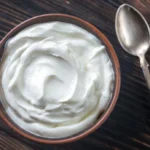
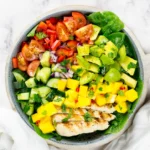
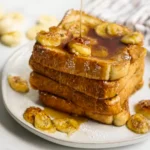
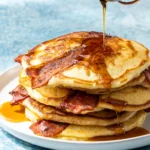
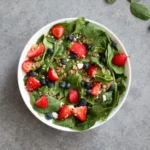
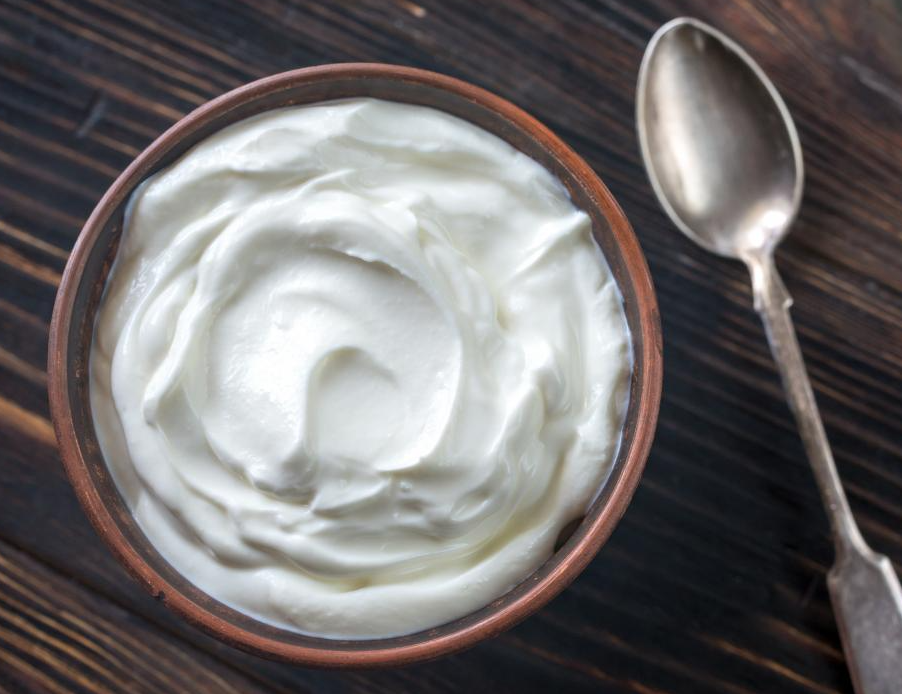


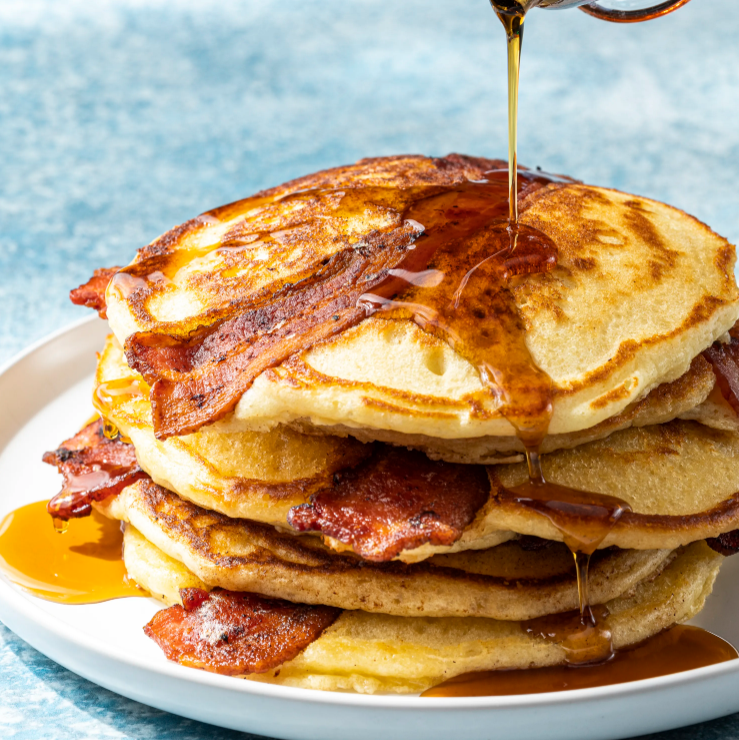
Leave a Reply